Are you new to cycling? If the answer is yes, you have probably heard several unfamiliar terms used in talking about cycling, one of them being cadence.
Cycling cadence is something experienced cyclists have figured out, and beginners don’t know they should be aware of. Today we’ll discuss the key information you should know about cadence.
What is cycling cadence? Why is cadence important for both beginner and experienced riders?
Let’s delve deeper into those and other important questions.
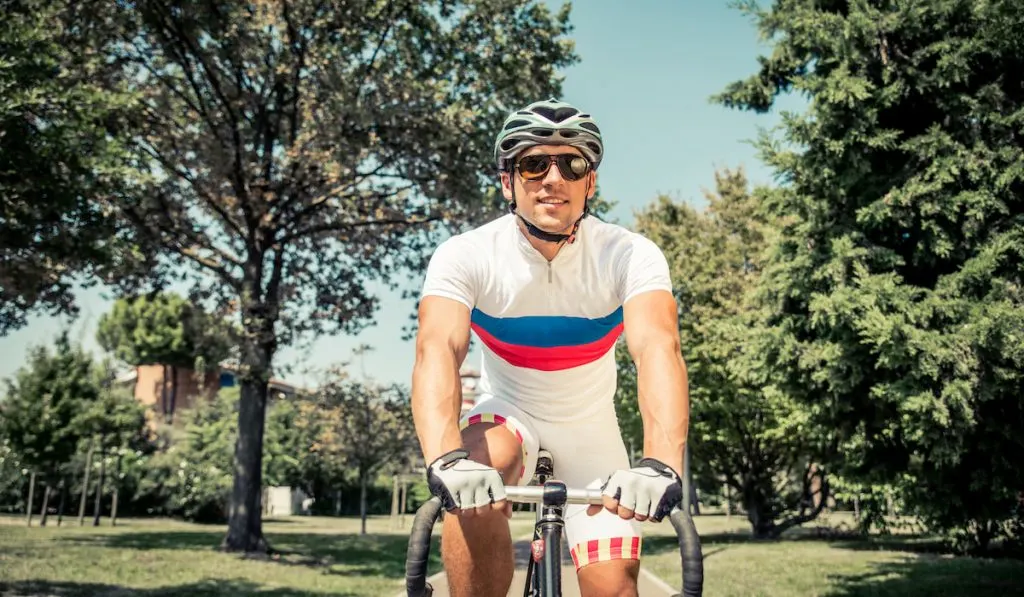
What Is Cycling Cadence?
Cadence is basically a term that represents the number of revolutions you make with your pedals per one minute. It’s a key measurement expressed in rpm (revolutions per minute) and is a crucial factor in the effort a cyclist must exert to power their bike forward at a certain rate.
Power is a calculation of how hard a cyclist pushes on the pedals (torque) multiplied by cadence or, in other words, how fast they are turning them.
Different people ride at different rates. For instance, pro cyclists will often reach 100 revolutions per minute (rpm) or even more during a race.
Hill climbs will decrease their rate on the incline, but pros will still be much faster than the average rider. That’s why they train so hard and they are pros!
Recreational cyclists will usually pedal at approximately 60 rpm, while a fit amateur might reach up to 90 rpm.
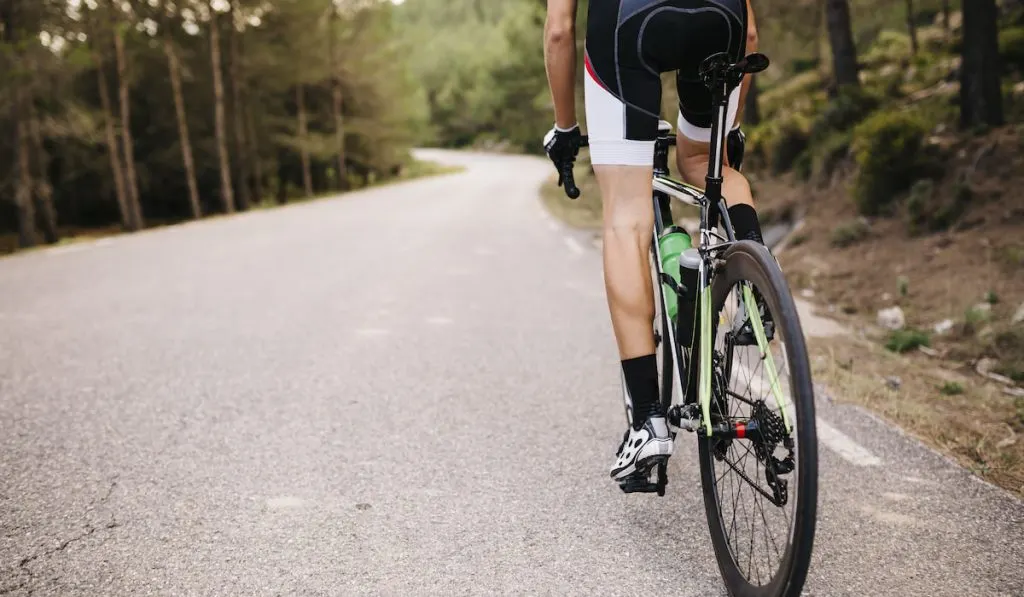
Why Is Cycling Cadence Important?
Cycling cadence is important for you to pedal faster since that way you automatically put less straining on your muscles.
So, when you ride a bike at a lower cadence, which equals a higher gear, you usually will require more from your muscles. On the other hand, a higher cadence, or lower gear, increases blood flow to your muscles. With more oxygen in your blood, your body can achieve a higher level of aerobic performance.
Aerobic workouts, in general, boost your cardiovascular conditioning. It means your breathing is in charge of the amount of oxygen that’s going to make it all the way to your muscles and help them move.
Researchers have recently started to understand how our body behaves during cycling. When a rider pedals in low gear, they use 60% of their power during the leg motion, while the rest gets expended on turning the pedals.
With this in mind, you should definitely consider choosing a gear that will provide the proper cadence so your muscles can contract to one-third of the maximum velocity. That way, you can bring your power output to the maximum.
How Do You Know Your Cycling Cadence?
Before you even start looking for ways to boost your cadence, you need to determine what the level you’re currently on is.
There are numerous tools you can use to measure it – for instance, Garmin, Wahoo, and Bontrager offer cadence meters that can affix to your bike and calculate your cadence. If you can’t get a cadence meter, you can try with an old-school method to figure out your cadence.
Finding your cadence is simple – count the pedal revolutions of one leg for 30 seconds and then double it or just count how many times your legs go up and down in a single minute.
Don’t forget that after about 30 seconds the cadence may have dropped a couple of rpm.
That means if you want to be more accurate, you should definitely consider buying a tracking device.
Cadence sensors attach to the left side of your bike by a magnet. Each time the crank arm passes the sensor it records it and automatically provides results you can later analyze to track the progress of your training sessions.
However, if you’re casual about it and would like to know the average rate, the “DIY” counting method can give you a good estimate of your cadence too.
Why Is It Good to Have a Cadence Sensor?
Cadence sensors particularly come in handy for cyclists that want to track and maximize their results. Of course, riders on all levels can use it.
There are a couple of key factors you need to pay attention to in this sport – pedal cadence, heart rate, gears, and power.
A cadence sensor is an excellent tool that can help you determine the level of intensity of your workout sessions as well as track your improvement.
You can analyze the data your device gives you and pair it with data from your power (watts) or heart rate to get better insight into your race or training.
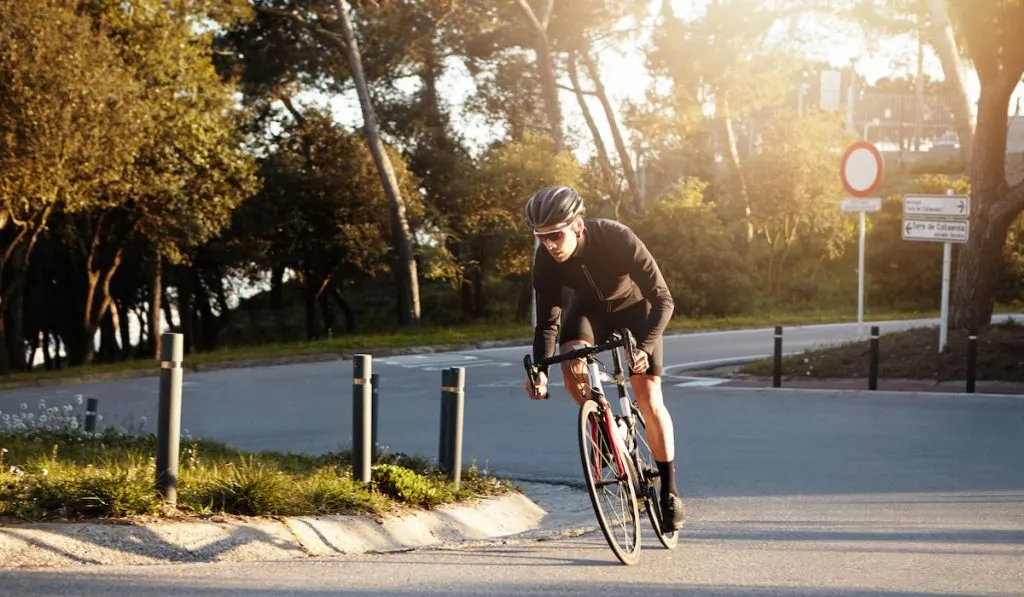
What Is the Perfect Cadence?
In truth, there is no cycling cadence that’s ideal for everyone. As we’ve already mentioned, the perfect cycling cadence depends on many different factors and varies from one cyclist to another.
For example, experience is a very important element you need to consider. Advanced cyclists who have spent a lot of time on their bike will know a range that works for them, depending on the riding surfaces and other factors of their ride.
You can experiment with different rates to finally get to your optimum cadence- but keep in mind one cadence doesn’t have to be the ideal choice across every situation.
For instance, time trialists will often go with a higher cadence in shorter events, compared to the one they use in longer tests.
A high cadence at lower loads will make changes with your neuromuscular system and encourage you to pedal more smoothly. A low cadence at a higher load, on the other hand, can help you boost your strength.
You can vary with your rpm while training to boost your cycling technique as well as to adapt it to your capabilities.
Basically, you aim for improving and adjusting the cadence to your own pace, rather than only increasing it no matter what.
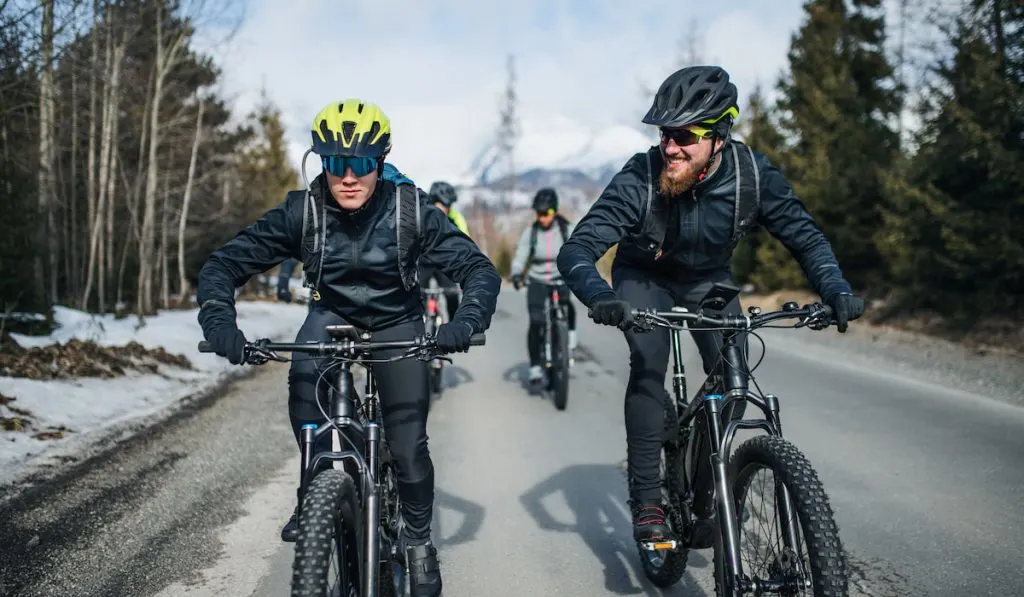
Is There a Good Average Cadence?
Of course, every rider has different capabilities, goals, and needs. However, there are some average scores you can consider while trying to find your own ideal pace.
65-80 rpm is a good place to start if you want to avoid muscle fatigue.
Beginner cyclists in most cases start with 60 rpm, while elite ones aim for 80 to 100 rpm. With this in mind, beginners can focus on cadence and gradually increase their rpm up to 90.
The International Journal of Sports Medicine had a study that showed after 90 rpm, the heart rate goes up by 15%, after which the test subject’s efficiency dropped off.
That means they started getting less oxygen to their muscles which is why they weren’t able to keep up with their aerobic training – or in other words, oxygen consumption surpassed availability.
Such a study showed a cadence of 90 rpm or more can bring certain advantages for the elite rider, while it’s quite inefficient for the average one.
Improving your cadence is not something that happens over the night, it can take months until you change it and get to the preferred level.
Increasing the cycling cadence over 5 minutes can take several weeks to see a true improvement. However, boosting your cadence over 60 minutes will more likely take a couple of months.
Aim for two speed sessions per week, be patient, and don’t forget – the key is not only to reach a certain rate but also to enjoy the overall process of improving your body endurance, strength, and health through something you love.
How Can You Choose the Right Cycling Cadence?
Your fitness level, speed, and road conditions are important factors that will dictate your cycling cadence. For instance, if you’re speeding up due to a tailwind, you’ll need to change gears to maintain the optimal cadence for such conditions.
Cycling with the wind behind you will most likely lower your power and allow you to pedal in lower gear more easily.
It’s different when you are climbing up a hill. In that case, your cadence is supposed to be a factor that will help you to get over the top of the pedals easily.
Cycling cadence is an individual thing, which means you must decide what gear suits you the best, considering the terrain you’re riding on, weather conditions, and the rest of the factors that play role in your ride.
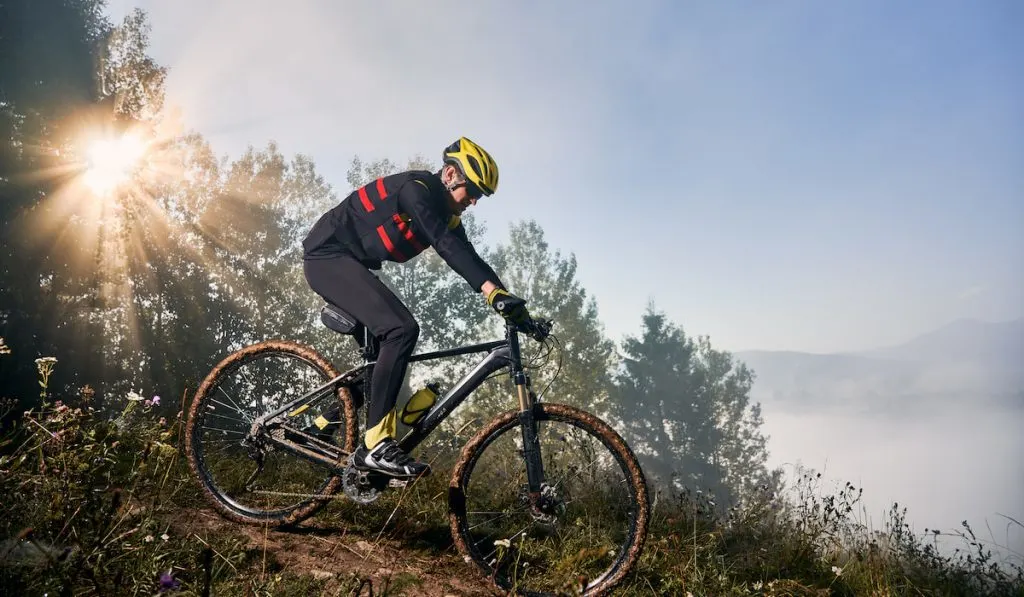
How Can You Improve Your Cadence?
There are numerous different methods that can help you improve your cadence. Here are three potential ways you can use to reach your goals:
- Start with a cadence of 70 rpm (or higher if you can) and increase it to a steady pace of 80 to 85 rpm for 5 minutes. Then go up to 95 to 110 rpm for the next 30 seconds.
You can set various rates depending on your level and repeat it multiple times depending on how long you can ride at such cadence and still feel relatively comfortable. - Another way is to go for 3 x 10-minute intervals while keeping a cadence at, let’s say, 110 rpm. Allow yourself 5 minutes between the intervals to recover.
This is a method mostly experienced cyclists will go for. Still, even as a beginner, you can choose a lower cadence and gradually increase it throughout the session.
- There is also something called a fartlek type session. Spend half an hour going through different high cadences, let’s say from 95 to 120rpm.
Each of the intervals you set can be from 30 seconds to 2 minutes long, considering you’ll spend half of that time to recover. Perhaps you can mix the time frame of each interval or even change the terrain during part of this session.
Keep in mind this is training, not necessarily the pace you’ll hold during the race or a longer ride.
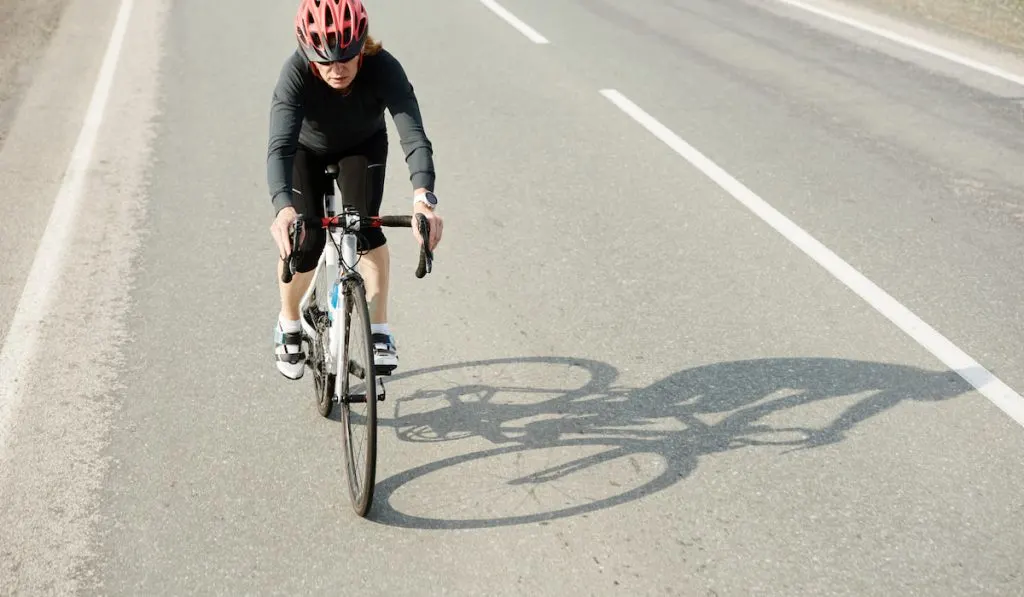
Some Final Words
Cycling cadence is the number of revolutions you make with your pedals in 60 seconds.
It’s important for a cyclist to track their progress as well as analyze speed, performance, heart rate, and other important factors.
Also, choosing the right cadence allows you to put less strain on your muscles and optimize your training sessions.
Each cyclist has their own pace. For example, professional riders will reach a cadence of 100 rpm or even more during the race. They’ll most likely adjust cadence when they reach a climb, but they’ll still perform faster than the average cyclist does.
A recreational cyclist, on the other hand, will usually pedal at about 60 rpm, and a fit amateur might reach up to 90 rpm.
You can’t determine the ideal cadence right away nor you can change it overnight. It can take months to get the results you want. The progress and the cycling cadence you should aim for depends on a bunch of different factors like your fitness level, terrain your riding on, weather conditions, etc.
